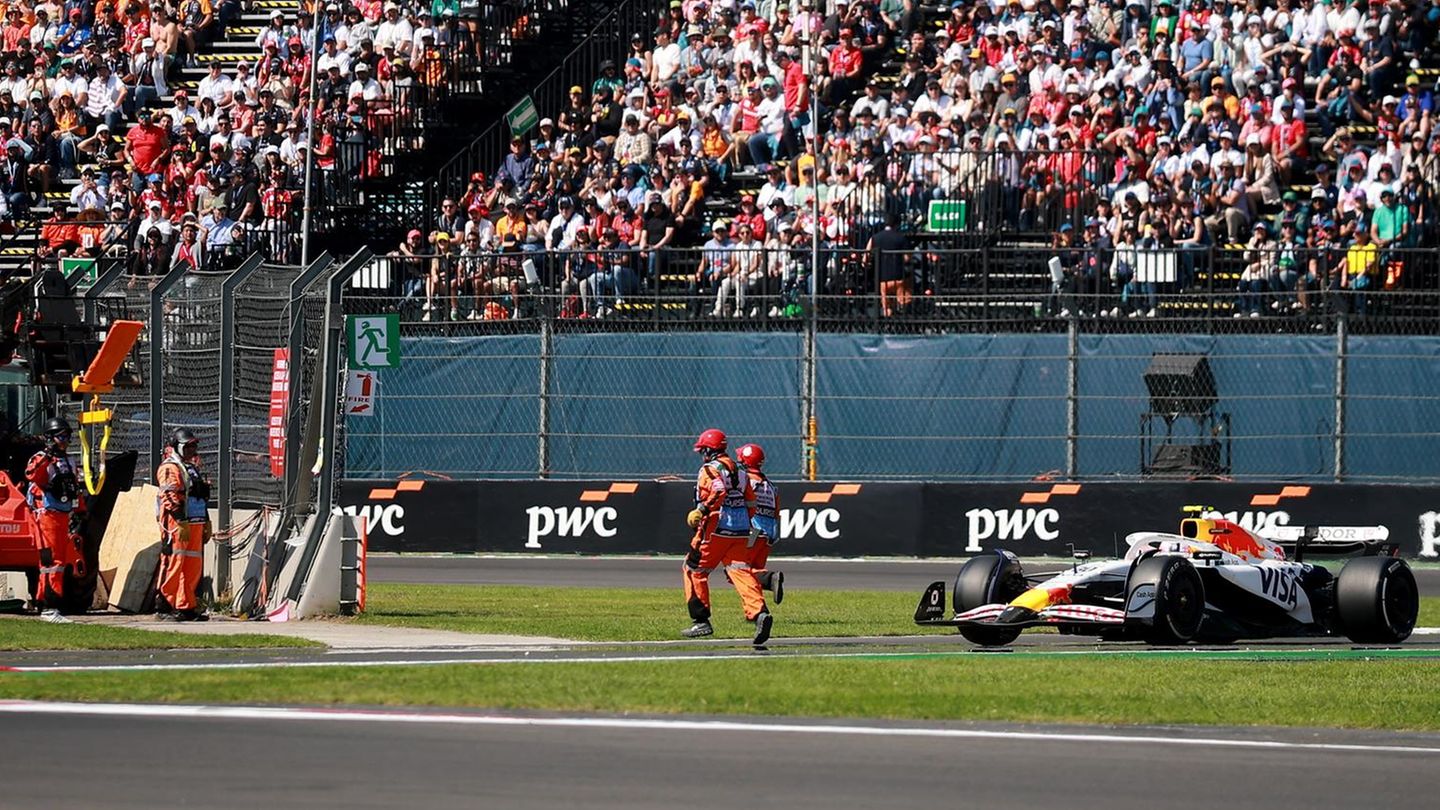The semiconductor crisis will continue to have a firm grip on the automotive world in the coming year. The IHS analysts assume that the market will hardly be able to recover in 2022.
According to calculations by IHS, global car sales in the coming year should be 82.4 million vehicles. That would be an increase of just 3.7 percent compared to the end of 2021. This year, car production should ultimately be limited to 79.4 million models. The cautious recovery in demand is likely to continue in most regions, provided that effective vaccines remain available and the Omicron variant of the pandemic does not have a major impact.
It is expected that sales for the full year 2021 will only be 2.9 percent above the level of the crisis year 2020. IHS remains cautious about the prospect of recovery. It is calculated that the low vehicle production will continue to affect lead times for some time, increasing the pressure on depleted inventories and delaying the fulfillment of the current order situation. “The course of the pandemic remains a major driver of automotive demand in 2022, particularly the race between vaccine and variants,” Colin Couchman, Executive Director at IHS Markit, “the onset of winter in Northern Hemisphere countries remains worrying, and the emergence of Omicron variant is a worrying development. “
In most regions, prospects for recovery are limited due to problems in the supply chain and a possible further flare-up of COVID-19. The European automotive industry is facing a gloomy winter, as the increasing virus problems are combined with the persistent problems in the supply chain and production is not only endangered in a country like Germany. The demand forecast for Western and Central Europe for 2021 is based on 13.9 million units, a growth of just 0.2 percent compared to the previous year. According to the IHS analysts, demand for 2022 is estimated at 15.0 million units (+7.8 percent). “European auto consumers are expected to get ready for a second winter of COVID-19, but the New Year could prove difficult to see any significant improvement in new car sales,” said Couchman.
In 2022, US sales are expected to reach nearly 15.5 million units, an increase of 2.6 percent from the forecast level of approximately 15.1 million units for 2021. “In 2022, the sales pace is expected to accelerate in the second half of the year. Given current inventory levels, it is difficult to forecast a significant recovery in demand in the first half of 2022 will end at a sales pace closer to pre-COVID levels, which will set the stage for better volume projections in 2023 and 2024, “said Chris Hopson, North America expert at IHS.
In China, analysts expect the market to decline by one percent year-on-year to 23.4 million units in 2021, as supply chain bottlenecks are slowing market growth. The short-term risks are balanced and a figure of 24.2 million (+3.3 percent) is currently forecast for 2022. A more significant recovery is not expected until 2023 – back to the pre-crisis level of 26.9 million vehicles – plus 11.3 percent. “Overall, manufacturing operations are expected to improve in most regions, but capacity constraints within the semiconductor supply chain remain the most influential feature of the forecast. If the semiconductor tide subsides, it will pose further risks to the recovery of the automotive industry,” said IHS Analyst Mark Fulthorpe, “Threats to other parts of the supply chain could become more apparent as chip supplies improve, particularly logistics, labor issues and critical raw material shortages.”
For the greater China area, IHS is forecasting slight growth of 1.6 percent to 24.3 million units in 2022. For Europe, production is expected to increase to 18.5 million units in 2022, up from an estimated 15.7 million this year. For the North America region, momentum is improving on the way into 2022, although our outlook based on current forecasts remains at almost 15.2 million units; this corresponds to a growth of slightly more than 2.2 million units compared to the previous year. A normalizing supply chain is expected to lead to vehicle production of 90.6 million units in 2023, which corresponds to a further increase of ten percent compared to the previous year and is well above the production level before the pandemic in 2019.
Source From: Stern
I am a 24-year-old writer and journalist who has been working in the news industry for the past two years. I write primarily about market news, so if you’re looking for insights into what’s going on in the stock market or economic indicators, you’ve come to the right place. I also dabble in writing articles on lifestyle trends and pop culture news.




